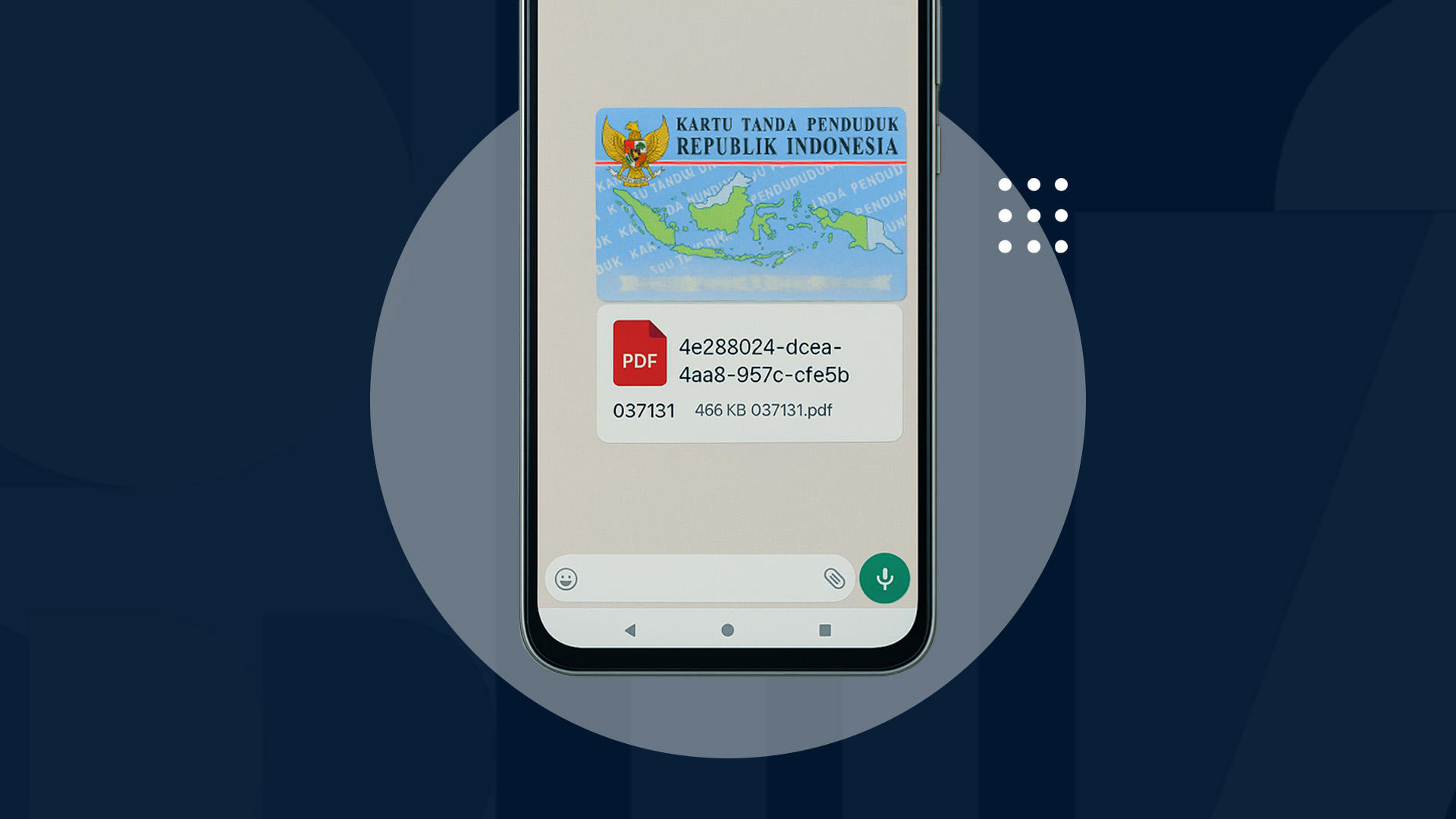As the world faces climate change and environmental degradation, eco-friendly technology plays a crucial role in mitigating these effects. But what are its core principles, and how is it implemented? Let’s explore further.
Principles of Eco-Friendly Technology
To be classified as eco-friendly, a technology must adhere to several fundamental principles:
1. Utilizing Renewable Resources
Eco-friendly technology must prioritize renewable energy sources such as solar, wind, hydropower, and biomass. These resources replenish naturally, unlike fossil fuels, which cause long-term environmental damage.
2. Reducing Greenhouse Gas Emissions
A key principle of eco-friendly technology is minimizing CO₂ emissions to combat global warming. This can be achieved through:
- Higher energy efficiency
- Clean energy alternatives
- Pollution-free industrial systems
Examples include solar panels and wind turbines, which generate electricity without emitting harmful gases.
3. Implementing Circular Economy Concepts
Eco-friendly technology aligns with the circular economy, where waste materials are recycled and repurposed instead of being discarded. This reduces:
- Raw material consumption
- Environmental waste disposal
- Resource exploitation
4. Using Environmentally Friendly Materials
Sustainable technologies rely on biodegradable or recyclable materials to prevent pollution. For instance, bioplastics made from organic materials decompose faster than conventional plastics, reducing land and marine pollution.
5. Minimizing Energy Consumption
Efficient energy use is a core principle of eco-friendly innovation. Technologies should aim to achieve the same or better results using less energy.
Examples include:
- Green buildings that use natural ventilation and energy-efficient lighting
- Smart appliances that optimize energy consumption
6. Maintaining Ecosystem Balance
Sustainable technology should not disrupt natural ecosystems. For example:
- Organic farming avoids harmful pesticides that endanger insects, birds, and soil life.
- Hydroelectric projects must ensure minimal impact on aquatic biodiversity.
7. Promoting Sustainability
Eco-friendly technology is designed for long-term sustainability, ensuring that it does not deplete resources for future generations.
For example:
- Solar and wind energy help reduce pollution today while ensuring that future generations can access clean energy.
How Eco-Friendly Technology Works
Based on the principles above, how is eco-friendly technology applied in real life?
1. Harnessing Renewable Energy
One of the most significant ways eco-friendly technology works is through renewable energy adoption.
For example:
- Solar panels convert sunlight into electricity using photovoltaic cells.
- Wind turbines transform wind energy into power through rotational motion.
2. Waste Reduction and Management
Eco-friendly technology also focuses on efficient waste management.
Examples include:
- Water treatment systems that filter and purify wastewater before releasing it back into nature.
- Industrial recycling that processes discarded materials into new products, reducing landfill waste.
3. Energy-Efficient Technology
Sustainability also involves reducing overall energy consumption.
Examples include:
- Green buildings that use thermal insulation to reduce heating/cooling costs.
- Smart appliances that adjust power usage based on real-time needs.
4. Using Biodegradable Materials
Eco-friendly innovation prioritizes materials that decompose naturally.
For example:
- Bioplastics made from corn starch or sugarcane decompose much faster than traditional plastic.
- Compostable packaging reduces plastic pollution in oceans and landfills.
5. Pollution Filtration and Control
Several eco-friendly technologies work by reducing air and water pollution.
Examples include:
- Industrial air filters that capture toxic emissions before they enter the atmosphere.
- Electric vehicles that eliminate fossil fuel exhaust pollution.
The Role of Eco-Friendly Technology in Sustainability
Eco-friendly technology is a critical solution for addressing climate change and conserving natural resources.
By following sustainability principles such as:
- Utilizing renewable energy
- Reducing emissions
- Implementing circular economy models
These technologies create long-term benefits for both humanity and the environment.

.png)


